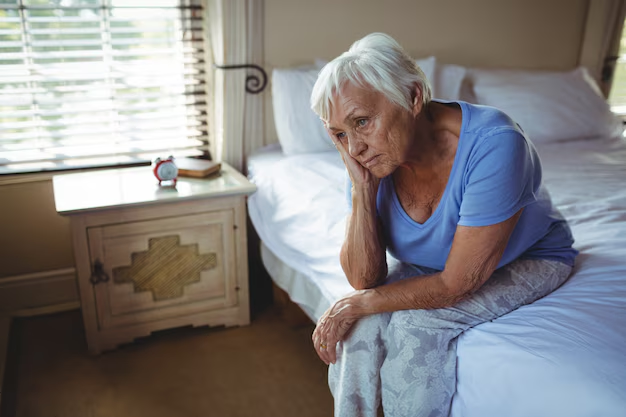Understanding Incontinence: Is It Just a Part of Getting Older?
As we gracefully age, it's common to experience various body changes that can sometimes be confusing or concerning. Incontinence, or the loss of bladder control, is one such issue that many attribute to the natural aging process. But is incontinence truly an unavoidable part of getting older, or is it a sign of something more?
What Causes Incontinence in Older Adults?
The first thing to understand is that incontinence is not a normal part of aging. While it's more prevalent among older adults, aging itself isn't the root cause. Instead, several factors can contribute to it:
Medical conditions: Conditions such as diabetes, Parkinson’s disease, and multiple sclerosis can disrupt normal nerve function, leading to bladder issues.
Prostate problems in men: An enlarged prostate or prostate surgery can affect bladder control.
Pelvic floor weakness: This can occur from childbirth, surgery, or obesity, particularly in women, leading to stress incontinence.
Medications and diet: Certain medications and dietary choices can irritate the bladder or impact its function.
Addressing Incontinence: When to Seek Help
If you're experiencing incontinence, don't brush it off as a necessary burden of aging. Instead, consult a healthcare provider. Identifying the underlying cause can lead to effective treatments, whether lifestyle adjustments, medication, or even surgery.
Many report improved symptoms when addressing dietary triggers, quitting smoking, or undertaking pelvic floor exercises. Imagine the sense of relief and empowerment you'll feel watching your quality of life improve as your symptoms are managed or even resolved.
Financial Assistance to Manage Healthcare Costs
Healthcare can often be expensive, but fret not; there are resources available to support you:
Medicare and Medicaid: These government programs offer health coverage that can include incontinence products and treatments.
Veterans' Benefits: If you're a veteran, you may be eligible for additional healthcare resources through the Department of Veterans Affairs.
Nonprofits & Charitable Organizations: Organizations like the National Association for Continence often provide resources and sometimes financial aid to those struggling with the cost of incontinence care.
Exploring Broader Financial Resources
Beyond healthcare costs, managing overall financial health is crucial, especially with unexpected medical expenses. Here are options that might relieve some financial burdens:
Government Assistance Programs: Beyond healthcare, programs like SNAP or SSI may help provide financial stability.
Debt Relief Options: If you're dealing with mounting debts, exploring credit counseling or consolidation might provide relief.
Educational Grants: If you're considering further education to advance your career or pursue a new one in later life, numerous grants and scholarships cater to older adults.
Understanding these resources empowers you to address healthcare needs without added stress over expenses, fostering a proactive approach to both health and financial well-being.
Financial Assistance and Resource Guide
🌟 Medicare and Medicaid: Healthcare coverage options, including incontinence treatments.
🎖 Veterans' Benefits: Special healthcare resources for veterans.
💼 Debt Relief Programs: Credit counseling and consolidation services.
📚 Educational Grants: Financial aid for adult learners.
🥡 National Association for Continence: Resources and potential aid for incontinence care.
Remember, while incontinence is common, it is treatable and should be addressed, not merely accepted as part of aging. Actively managing your health and finances ensures you enjoy each and every stage of life to its fullest.

Related Topics
- a Patient You Are Caring For Uses Incontinence Briefs
- Are Incontinence Products Tax Deductible
- Are Incontinence Supplies Covered By Medicare
- Are Incontinence Supplies Tax Deductible
- Can a Bladder Infection Cause Urinary Incontinence
- Can a Kidney Stone Cause Incontinence
- Can a Urinary Tract Infection Cause Incontinence
- Can a Uti Cause Incontinence
- Can Constipation Cause Incontinence
- Can Constipation Cause Urinary Incontinence